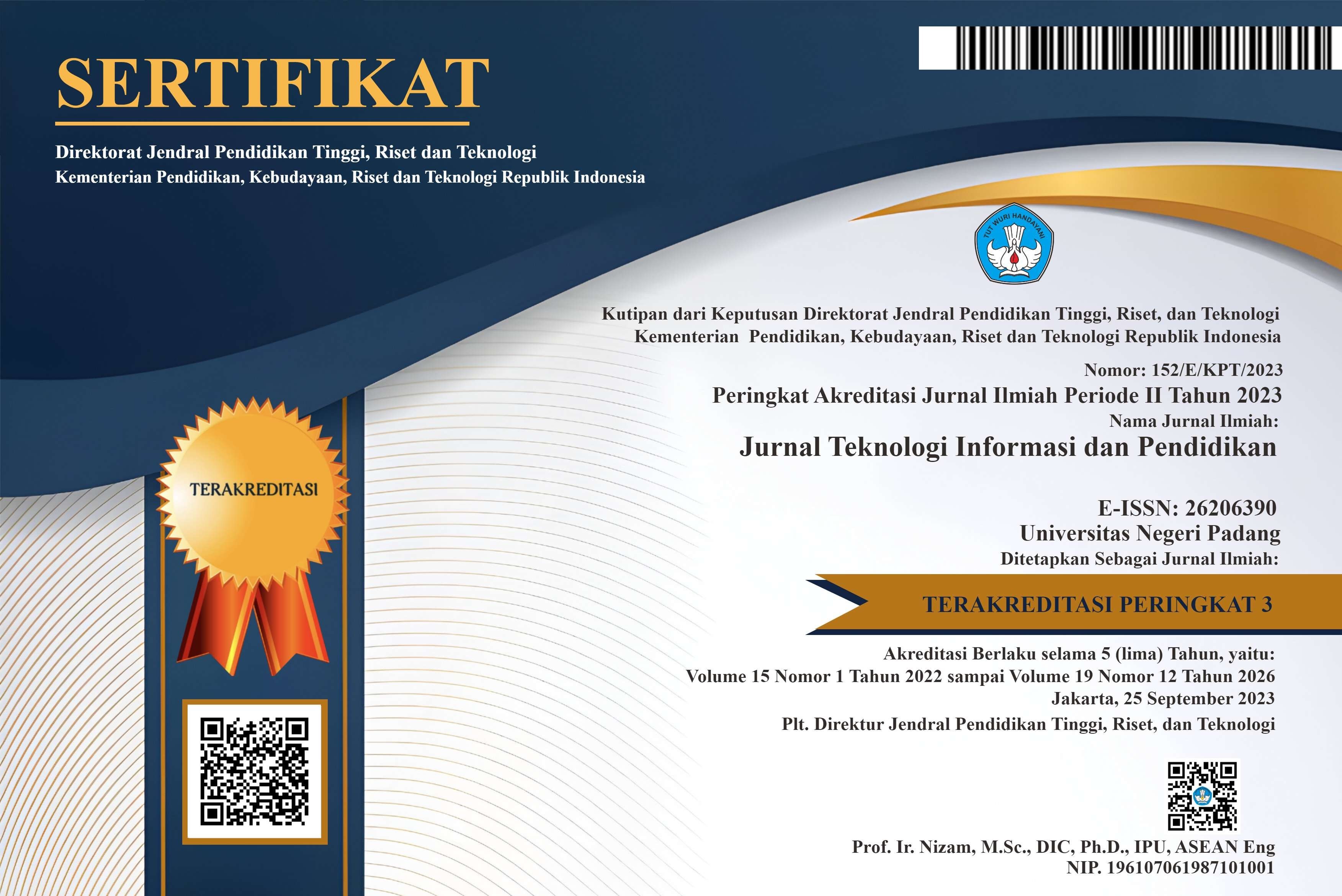Design Thinking Approach for User Interface and User Experience on Campus Online Learning Platform
DOI:
https://doi.org/10.24036/jtip.v17i2.842Keywords:
Design Thinking, Campus Learning Platform, User Interface, User Experience, Intuitive DesignAbstract
Online learning methods are still the main way to access learning resources. The SPADA UPI platform is essential in supporting the academic and non-academic activities of Universitas Pendidikan Indonesia. In supporting these activities, user experience must also be considered when using online learning platforms. The results of the user experience survey of UPI students stated that all aspects assessed, such as attractiveness, perspicuity, efficiency, dependability, stimulation and novelty, responded poorly. To overcome these problems, it is necessary to redesign the SPADA UPI website to make it an intuitive website. In designing an intuitive website, a design thinking approach is used with output as a prototype of the SPADA UPI website. The User Experience Questionnaire (UEQ) is a user experience evaluation tool that outputs quantitative values. Comparing the UEQ results of the SPADA UPI website and the SPADA UPI website prototype will help determine whether the website prototype design provides a better user experience. The initial UEQ results that have been carried out and compared with the results of the prototype test of the SPADA UPI website show a good increase in value. With initial UEQ results averaging poor or less than 0.8, they improve by providing a score of more than 0.8 or excellent. Therefore, the design thinking approach is beneficial for designing an intuitive product that produces a better user experience.















.png)














